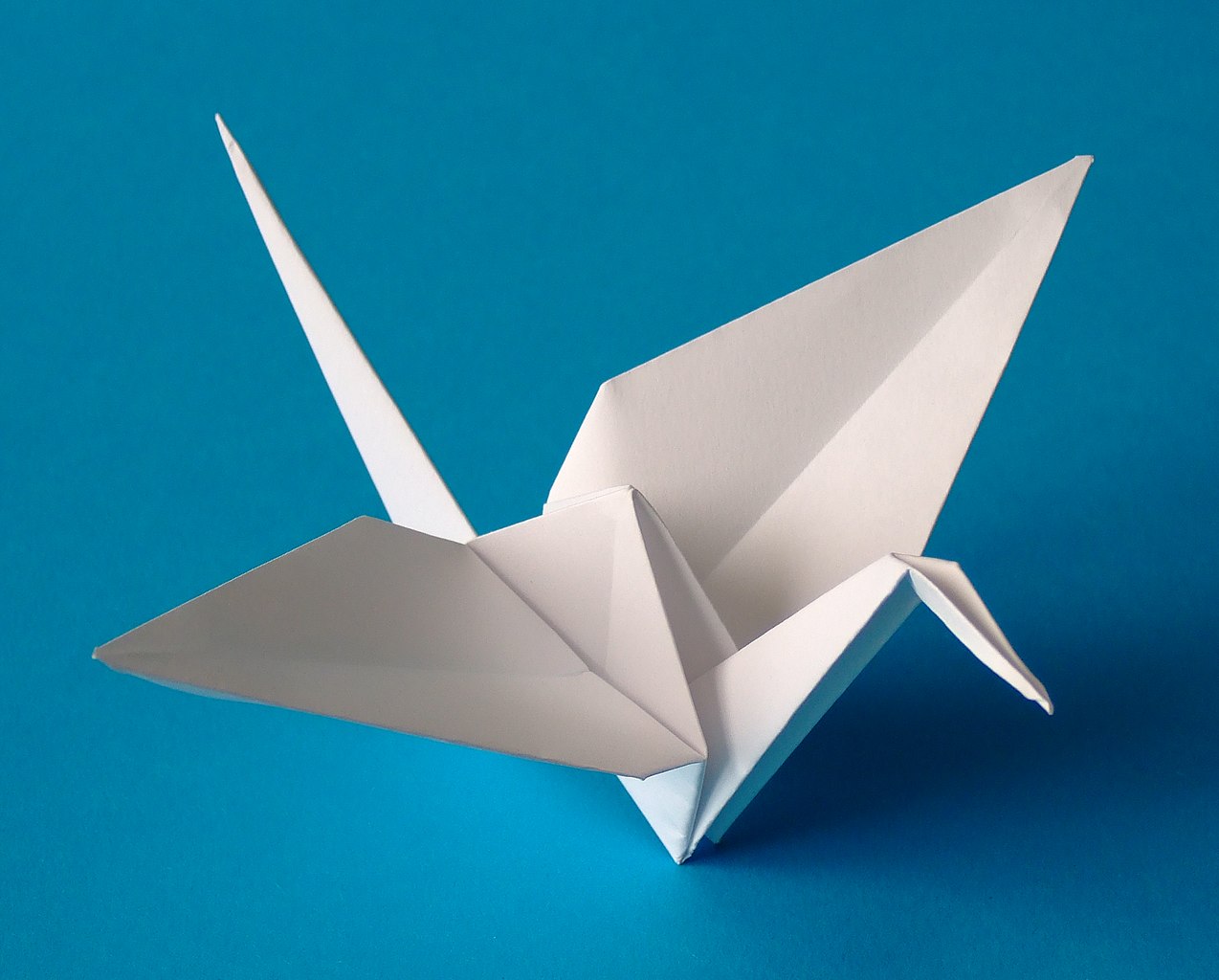Blog 1: The Purpose of Learning
Welcome back! It has been a while since I posted my very first introduction blog. I cannot believe time flies so fast, that I am beginning to wrap up the term now. Over the past few months, I took the opportunity to immerse myself in STEM-related education. I have also made notes of my emotional reactions and thought processes, and now it is time to put everything together.
The purpose of learning was the first central topic discussed in class which set background knowledge for me to see the value behind teaching. The first lecture prompted me to reflect on what 21st-century learning is and how it applies to STEM education. I wrote that the 21st century is to find the interconnectedness and interdependency of knowledge. It also engages in deeper critical thinking and the application of knowledge. The idea of 21st-century learning is not new to me; I have been exposed to this term in several classes. As a teacher, I believe it is essential for me to make learning relevant to students’ learning, and thus students can become more competent in using the knowledge in their life. I believe 21st-century learning connects to STEM, as STEM is not solely focused on technology and science but also on arts and humanities. It is one’s perseverance to use knowledge from one discipline to solve and question an issue from another field. It is about working as a team to change perspectives and to bunch off each other’s ideas. Therefore, I think it was beneficial to reflect on my definition of learning to better understand my intention to become an effective teacher.
Reflecting on this, STEM is transdisciplinary, investing in a phenomenon from different disciplines and working collectively to create new knowledge and understanding (Davis et al., 2019). I like the concept of transdisciplinary, as it incorporates and even blinds all disciplines together to enhance our understanding. This generally reflects how learning and STEM are interrelated, which enables students to build concepts and skills across subject areas, rather than studying subjects in isolation. In addition, it coincided with my definition of learning that individuals gain insights from more than one discipline and use their knowledge to solve real-world problems.
In chapter one of the textbook, a story was shared about Michael on how he experienced difficulties in school because teachers mainly focused on the things he could not do, which burdened his talent and knowledge about dinosaurs (Davis et al., 2019). This story is powerful, as it speaks to my experience. I have loved doing crafts since kindergarten, and I remember the steps to make origami birds by trying them once. One time, the kindergarten teacher taught everybody in the class to make an origami bird, and since I knew how to make one, I made my bird fast and did not follow the same procedure as my teacher. However, my teacher penalized me for not following her steps, and I should unfold my bird to make a new one. Although I did not say anything at that time, I felt disappointed, and I still remember this story vividly. Reflecting on this, I believe it is important for all teachers to recognize that there are no standard ways of teaching and learning. Teachers should focus on the student’s interests and what they know rather than what they do not know (Davis et al., 2019). I think it is problematic to take a deficit view of students, as everyone is unique, and their talents must be honoured. Overall, learning is a human right, and I will include and promote my students’ identities through active interactions with them, so that I can learn more from them.
Thank you for reading!
Alice
References
Davis, B., Francis, K., & Friesen, S. (2019). STEM education by design: opening horizons of possibility. Routledge.





Comments
Post a Comment